SiO2PMMA杂化气凝胶的制备毕业论文
2020-04-20 13:08:09
摘 要
气凝胶因为拥有独特纳米三维网络骨架结构,因此使它呈现众多优异的性能。但是因为气凝胶的骨架内部具有的多孔结构使得气凝胶变得的结构变得纤细而且呈现出脆性,从而让气凝胶材料强度变低、韧性变差。这些缺点又强烈的制约着气凝胶材料的推广应用。因此如何实现使得气凝胶材料变的韧性化成为了气凝胶材料研究的热门领域。其中,在气凝胶中引入特殊的官能团前驱体而制备的Si2O-PMMA杂化气凝胶,能够使得气凝胶在保持原有的多孔结构和优良的性能的同时又使得气凝胶得以具有韧性。本文研究在使用甲基丙烯酸甲酯(PMMA)改性甲基乙烯基二甲氧基硅烷(VMDMS)使之成为共聚物,作为前驱体然后与VMDMS、乙烯基三甲氧基硅烷(VTMS)、BzOH、H2O、TMAOH按照不同的配比制作成溶胶,再经过高温凝胶,添加20%水/苯甲醇溶液作为老化液的老化处理,再使用异丙醇和正己烷进行置换从而得到湿凝胶,继而再通过常压干燥或CO2超临界干燥得到气凝胶样品。然后再对不同配比的气凝胶样品进行组织结构表征和力学性能测试。
关键字 有机硅气凝胶 甲基丙烯酸甲酯 力学性能
Preparation of aerogel modified by SiO2-PMMA
Abstract
Aerogel has so excellent properties because of its unique nano-three-dimensional network structure.However, due to the porous structure inside the framework of aerogel, the structure of aerogel becomes thin and brittle, leading to lower strength and poorer toughness of aerogel materials. These defect strongly restrict the impetus and adhition of aerogel materials. so, what way to earn aerogel materials get elastic has come a warm explore field of aerogel materials. Among them, the organic-inorganic hybrid aerogel prepared by introducing special functional group precursor can make the aerogel flexible while maintaining the original porous structure and excellent performance. now, we study to use of modified VMDMS PMMA as a copolymer as precursor and then with VMDMS, VTMS, BzOH, H2O, TMAOH made into sol according to different proportion, again by high temperature gel, add 20% water/benzyl alcohol solution as aging liquid aging treatment, using isopropyl alcohol and n-hexane for replacement again to get wet gel, then aerogel is obtained by atmospheric pressure drying or CO2 supercritical drying samples. Then the microstructure granted mechanical properties of aerogel examples by difference proportions were tried.
Key words: silicone aerogel ; methyl methacrylate; mechanical propertie
目 录
第一章 文献综述 1
1.1 气凝胶的概述 1
1.1.1 气凝胶的定义 1
1.1.2 气凝胶的制备 1
1.2 改进气凝胶的力学性能 2
1.2.1 异氰酸酯改进二氧化硅气凝胶的力学性能 2
1.2.2 聚酰亚胺改进SiO2气凝胶的力学性能 2
1.3 气凝胶的干燥工艺 2
1.3.1 超临界流体干燥技术 3
1.3.2 冷冻干燥技术 3
1.3.3 常压干燥技术 3
1.4 气凝胶的发展与现状 3
1.5 气凝胶的应用 4
1.5.1 声学延迟 4
1.5.2 在作为隔热材料方面 5
1.5.3 在集成电路方面 5
第二章 甲基丙烯酸甲酯杂化二氧化硅气凝胶的制备 6
2.1 实验原料与仪器 6
2.1.1 实验主要原料 6
2.1.2 实验仪器和设备 6
2.2 实验部分 7
2.2.1 VMDMS-MMA共聚物的制备 7
2.2.2 气凝胶的制备 7
2.2.3 气凝胶的老化处理 9
第三章 结果与讨论 11
3.1 VMDMS-MMA共聚物红外分析 11
3.2 样品的核磁氢谱分析 11
3.3实验样品分析 12
3.4 SiO2-PMMA杂化气凝胶的压缩力测试 13
3.5 样品的透射电镜分析 14
第四章 研究内容总结及展望 15
参考文献 16
致 谢 18
第一章 文献综述
1.1 气凝胶的概述
1.1.1 气凝胶的定义
气凝胶是一种固体物质形态的材料,它的结构具有三维网状的特性,其中充斥着空气,气凝胶的内部拥有很多分散的空隙,它的密度很低,目前已知最低密度可以低至0.03g/cm3,一般密度是0.16g/cm3,具有很高的比表面积,低热导率,气凝胶的一般性颜色为淡蓝色半透明,所有又被称为蓝色的烟或者冻结的烟[1]。 目前常见的气凝胶是SiO2气凝胶,另外还有碳气凝胶、硫气凝胶、金属氧化物气凝胶和金属等系的气凝胶[2]。
1.1.2 气凝胶的制备
以上是毕业论文大纲或资料介绍,该课题完整毕业论文、开题报告、任务书、程序设计、图纸设计等资料请添加微信获取,微信号:bysjorg。
相关图片展示:
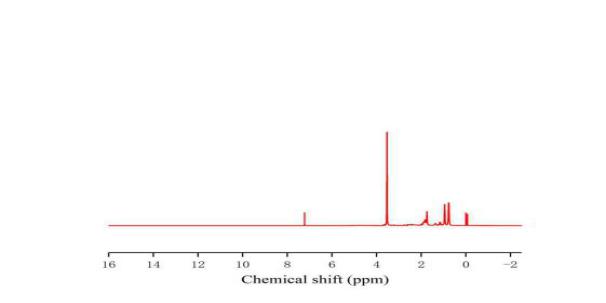
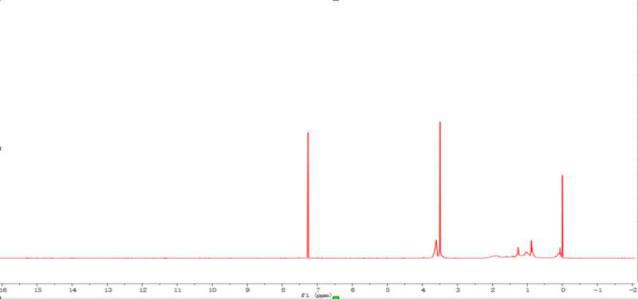
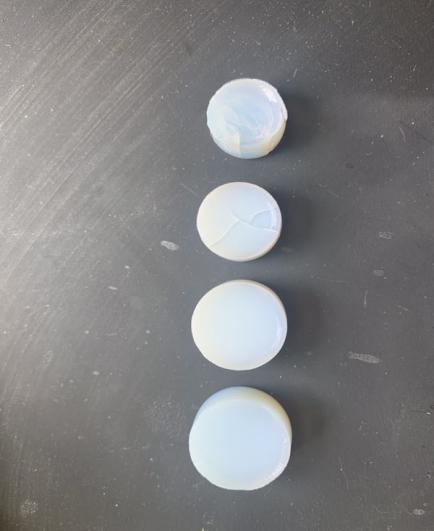
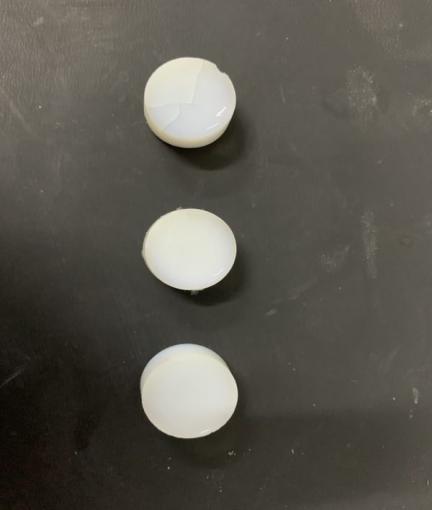
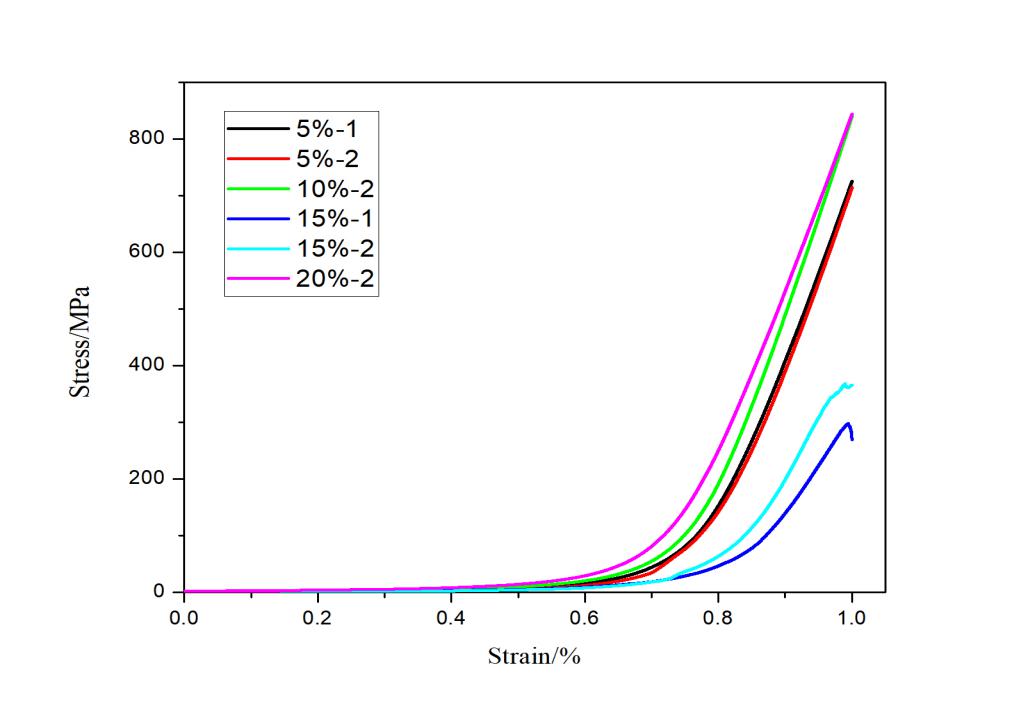
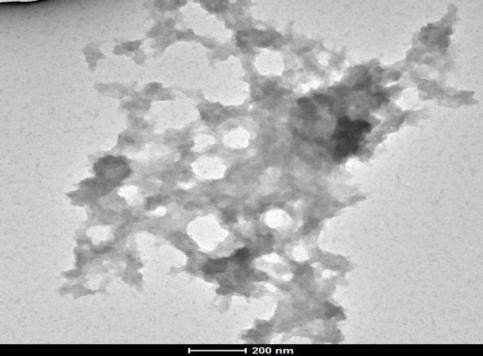
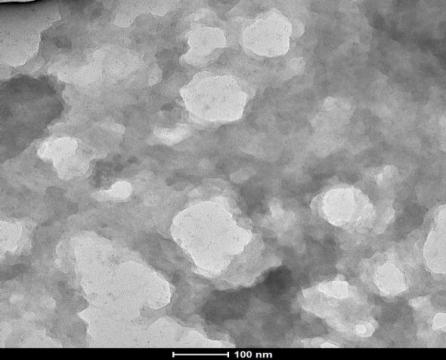
课题毕业论文、开题报告、任务书、外文翻译、程序设计、图纸设计等资料可联系客服协助查找。



